Home>Furniture & Design>Office Furniture>How To Adjust An Office Chair Back
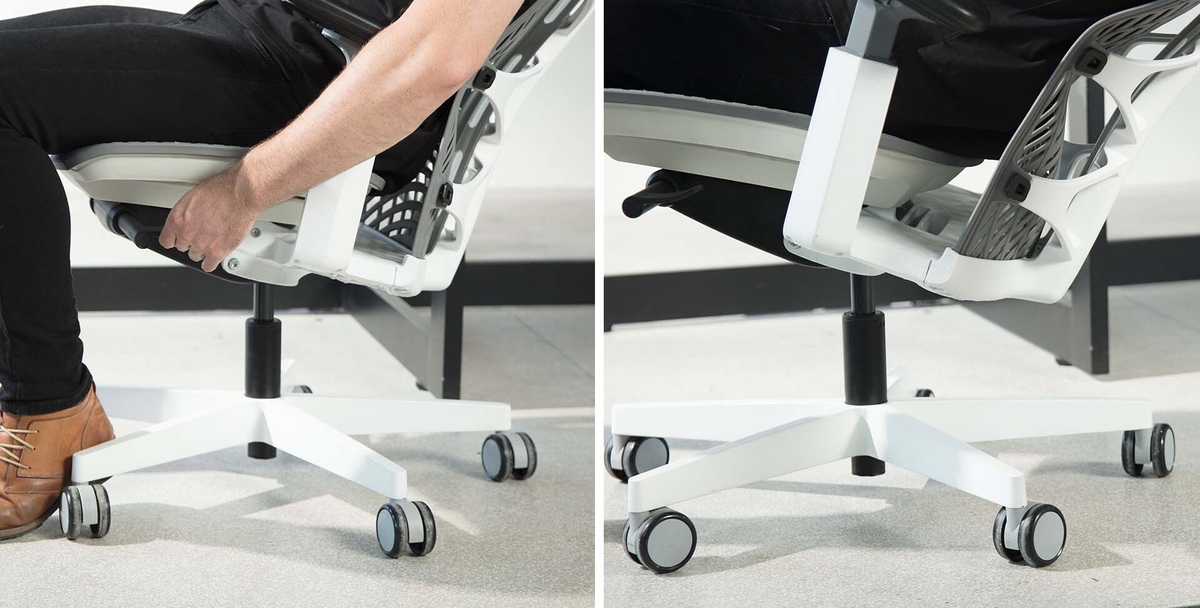

Office Furniture
How To Adjust An Office Chair Back
Modified: March 2, 2024
Learn how to properly adjust the back of your office chair for optimal comfort and support. Follow these simple steps to improve your workspace ergonomics. Ideal for office furniture and design enthusiasts.
(Many of the links in this article redirect to a specific reviewed product. Your purchase of these products through affiliate links helps to generate commission for Storables.com, at no extra cost. Learn more)
Introduction
Welcome to the world of office chair ergonomics, where comfort and productivity harmoniously converge. As you settle into your workday, the significance of a well-adjusted office chair becomes increasingly apparent. The office chair back, in particular, plays a pivotal role in supporting your posture and overall well-being throughout the day. Whether you’re spending hours poring over reports, engrossed in strategic planning, or brainstorming creative ideas, understanding how to properly adjust your office chair back is key to promoting a healthy and productive work environment.
In this comprehensive guide, we’ll delve into the intricacies of office chair back adjustments, empowering you with the knowledge to optimize your seating experience. From adjusting the height and angle of the chair back to ensuring proper lumbar support, we’ll explore the essential steps to tailor your office chair to your unique comfort needs. By mastering the art of office chair back adjustments, you’ll not only enhance your physical well-being but also elevate your focus and efficiency in the workplace.
So, let’s embark on this enlightening journey into the realm of office chair ergonomics, where the fusion of design and functionality culminates in a truly transformative seating experience.
Key Takeaways:
- Mastering office chair back adjustments promotes comfort and productivity by customizing height, angle, and lumbar support for a personalized seating experience.
- Embracing dynamic sitting, periodic breaks, and attentive posture alignment enhances overall well-being and productivity in the workplace.
Read more: How To Adjust An Office Chair Tilt
Understanding the Office Chair Back
Before embarking on the process of adjusting your office chair back, it’s essential to grasp the fundamental components and functionality of this integral feature. The office chair back serves as a crucial support system, providing stability and comfort for your back and shoulders as you navigate through your daily tasks.
Most office chairs are equipped with a backrest that consists of various materials, such as mesh, fabric, or leather, offering a blend of breathability, durability, and aesthetic appeal. The backrest is designed to contour to the natural curvature of your spine, promoting proper alignment and minimizing strain on your back muscles. Additionally, many modern office chairs feature adjustable lumbar support, a key element in maintaining the natural arch of your lower back and preventing slouching.
Understanding the range of motion and adjustability of the office chair back is equally important. Depending on the model, the chair back may offer height adjustment, allowing you to customize the upper back and shoulder support to suit your physique. Moreover, the ability to recline the chair back and lock it into various positions contributes to a dynamic and adaptable seating experience, accommodating a spectrum of working postures and preferences.
Furthermore, familiarity with the mechanisms controlling the office chair back adjustments is essential. Whether it’s a lever, knob, or pneumatic control, these mechanisms facilitate seamless modifications to the height, angle, and lumbar support, empowering you to tailor the chair to your specific comfort requirements.
By comprehending the intricacies of the office chair back, including its materials, ergonomic design, and adjustable features, you gain a deeper appreciation for its role in promoting a supportive and comfortable work environment. With this knowledge as our foundation, we can now delve into the art of customizing your office chair back to achieve an optimal seating experience.
Adjusting the Office Chair Back Height
Customizing the height of your office chair back is a fundamental step in optimizing its support for your upper back and shoulders. This adjustment ensures that the backrest aligns with the natural curve of your spine, promoting proper posture and reducing strain on your back muscles.
To begin, locate the height adjustment mechanism, which is typically situated on the back of the chair, near the top of the backrest. Depending on the chair model, this mechanism may consist of a lever, knob, or button that allows for smooth vertical movement of the backrest.
Once you’ve identified the height adjustment control, follow these steps to achieve the ideal positioning of your office chair back:
- Start by sitting in the chair with your back against the backrest and your feet flat on the floor, maintaining a comfortable and upright posture.
- Activate the height adjustment control, gradually raising or lowering the backrest to align with the natural curve of your spine. As you make adjustments, pay attention to the sensation of support across your upper back and shoulders.
- Ensure that the backrest contours to the curvature of your spine without exerting excessive pressure. The goal is to achieve a seamless connection between your back and the chair back, fostering a sense of enveloping support.
- Once you’ve found the optimal height for the office chair back, secure the position using the locking mechanism, if available, to prevent unintended movement.
By fine-tuning the height of your office chair back, you create a personalized support system that complements your unique physique and promotes an ergonomic seating posture. This adjustment not only enhances comfort but also contributes to sustained focus and productivity throughout your workday.
Adjusting the Office Chair Back Angle
Modifying the angle of your office chair back is a pivotal aspect of tailoring your seating experience to suit your comfort and working preferences. By adjusting the backrest angle, you can customize the degree of recline, providing flexibility and support as you navigate through various tasks and activities.
Begin by identifying the back angle adjustment mechanism, typically located beneath the seat or on the side of the chair. This mechanism may consist of a lever, knob, or paddle that facilitates smooth reclining and locking of the backrest at different angles.
Here’s a step-by-step guide to adjusting the office chair back angle:
- Assume a seated position and ensure that your feet are firmly planted on the floor, maintaining a relaxed and upright posture.
- Engage the back angle adjustment control, allowing you to recline the backrest to your desired angle. Experiment with different angles to find the position that offers optimal support and comfort for your back.
- As you adjust the back angle, pay attention to the sensation of support and relaxation in your back muscles. The goal is to achieve a recline that alleviates pressure on your spine while promoting a comfortable and natural seating posture.
- If your chair features a locking mechanism, secure the backrest at the chosen angle to prevent unintended movement. This ensures that you can maintain a consistent recline throughout your work tasks.
By customizing the angle of your office chair back, you create a personalized seating experience that accommodates your preferred working postures and activities. Whether you seek a more upright position for focused tasks or a relaxed recline for contemplative work, the ability to adjust the back angle empowers you to optimize your comfort and productivity throughout the workday.
When adjusting an office chair back, make sure it supports the natural curve of your spine. The lumbar support should be at the small of your back, and the height should align with your shoulder blades.
Checking the Lumbar Support
Lumbar support is a critical component of office chair ergonomics, playing a pivotal role in maintaining the natural curvature of your lower back and preventing slouching or discomfort during prolonged periods of sitting. Many modern office chairs are equipped with adjustable lumbar support, allowing you to fine-tune this feature to suit your unique comfort needs.
To assess and adjust the lumbar support of your office chair, follow these steps:
- Begin by sitting in the chair with your back against the backrest, ensuring that your feet are comfortably positioned on the floor.
- Locate the lumbar support adjustment mechanism, which may consist of a knob, lever, or inflatable lumbar cushion, depending on the chair model.
- Activate the lumbar support adjustment control, gradually increasing or decreasing the level of support to find the most comfortable position for your lower back.
- Pay attention to the sensation of support and alignment in your lower back as you make adjustments. The goal is to achieve a gentle, yet firm, support that maintains the natural arch of your lower back without causing discomfort or pressure points.
- Once you’ve found the optimal level of lumbar support, secure the position using the locking mechanism, if available, to ensure consistent support throughout your workday.
By fine-tuning the lumbar support of your office chair, you create a supportive foundation for your lower back, promoting proper alignment and reducing the risk of discomfort or fatigue during extended periods of sitting. This adjustment empowers you to maintain a healthy and ergonomic posture, enhancing your overall well-being and productivity in the workplace.
Read more: How To Adjust My Office Chair
Final Adjustments and Tips
As you fine-tune the various aspects of your office chair back, there are additional considerations and tips to ensure that you achieve an optimal and ergonomic seating experience. These final adjustments and tips encompass a range of factors that contribute to your overall comfort and well-being in the workplace.
- Armrest Positioning: If your office chair is equipped with adjustable armrests, take the time to position them at a height that allows your arms to rest comfortably while maintaining a relaxed posture. Proper armrest positioning can alleviate strain on your shoulders and neck, enhancing overall comfort.
- Dynamic Sitting: Embrace the concept of dynamic sitting, which involves subtle movements and adjustments in your seating posture throughout the day. Engaging in periodic shifts and movements while seated can promote circulation and reduce the risk of stiffness or discomfort.
- Regular Breaks: Incorporate regular breaks and short walks into your work routine to combat the effects of prolonged sitting. Taking brief moments to stretch and move can rejuvenate your body and mind, enhancing focus and productivity.
- Monitor and Keyboard Alignment: Ensure that your computer monitor and keyboard are positioned ergonomically to complement your seated posture. This alignment promotes a neutral neck and wrist position, reducing strain and enhancing comfort during extended periods of typing and screen time.
- Experiment and Listen to Your Body: As you make adjustments to your office chair back and overall seating setup, take the time to experiment with different positions and listen to your body’s feedback. Pay attention to areas of discomfort or tension, and make subtle modifications to optimize your seating experience.
- Seek Professional Guidance: If you encounter persistent discomfort or ergonomic challenges, consider seeking guidance from an ergonomic specialist or healthcare professional. They can provide personalized recommendations to address your specific needs and promote a healthier work environment.
By incorporating these final adjustments and tips into your ergonomic journey, you elevate the overall quality of your seated experience, fostering a harmonious balance of comfort, productivity, and well-being in the workplace.
Conclusion
As we conclude our exploration of adjusting the office chair back, we’ve embarked on a transformative journey into the realm of office chair ergonomics and personalized comfort. The office chair back, with its adjustable height, angle, and lumbar support, serves as a cornerstone of support and well-being during the workday, shaping our posture and productivity.
By understanding the nuances of the office chair back and mastering the art of customization, you’ve gained the knowledge and empowerment to create an optimal seating experience tailored to your unique comfort needs. The ability to fine-tune the height and angle of the chair back, coupled with personalized lumbar support, fosters a dynamic and supportive foundation for your posture, promoting sustained focus and well-being.
As you navigate through your work tasks, remember the importance of dynamic sitting, periodic movements, and attentive posture alignment. Embrace the art of listening to your body and making subtle adjustments to optimize your seating experience, ensuring that comfort and productivity harmoniously coexist.
Ultimately, the journey of adjusting the office chair back transcends mere ergonomics; it embodies a commitment to nurturing your physical well-being and enhancing your work environment. By integrating these insights and tips into your daily routine, you cultivate a space where comfort, productivity, and holistic well-being converge, empowering you to thrive in the workplace.
So, as you settle into your office chair, may the art of customization and ergonomic mindfulness guide you toward a transformative and uplifting seated experience, where comfort and productivity seamlessly intertwine.
Frequently Asked Questions about How To Adjust An Office Chair Back
Was this page helpful?
At Storables.com, we guarantee accurate and reliable information. Our content, validated by Expert Board Contributors, is crafted following stringent Editorial Policies. We're committed to providing you with well-researched, expert-backed insights for all your informational needs.

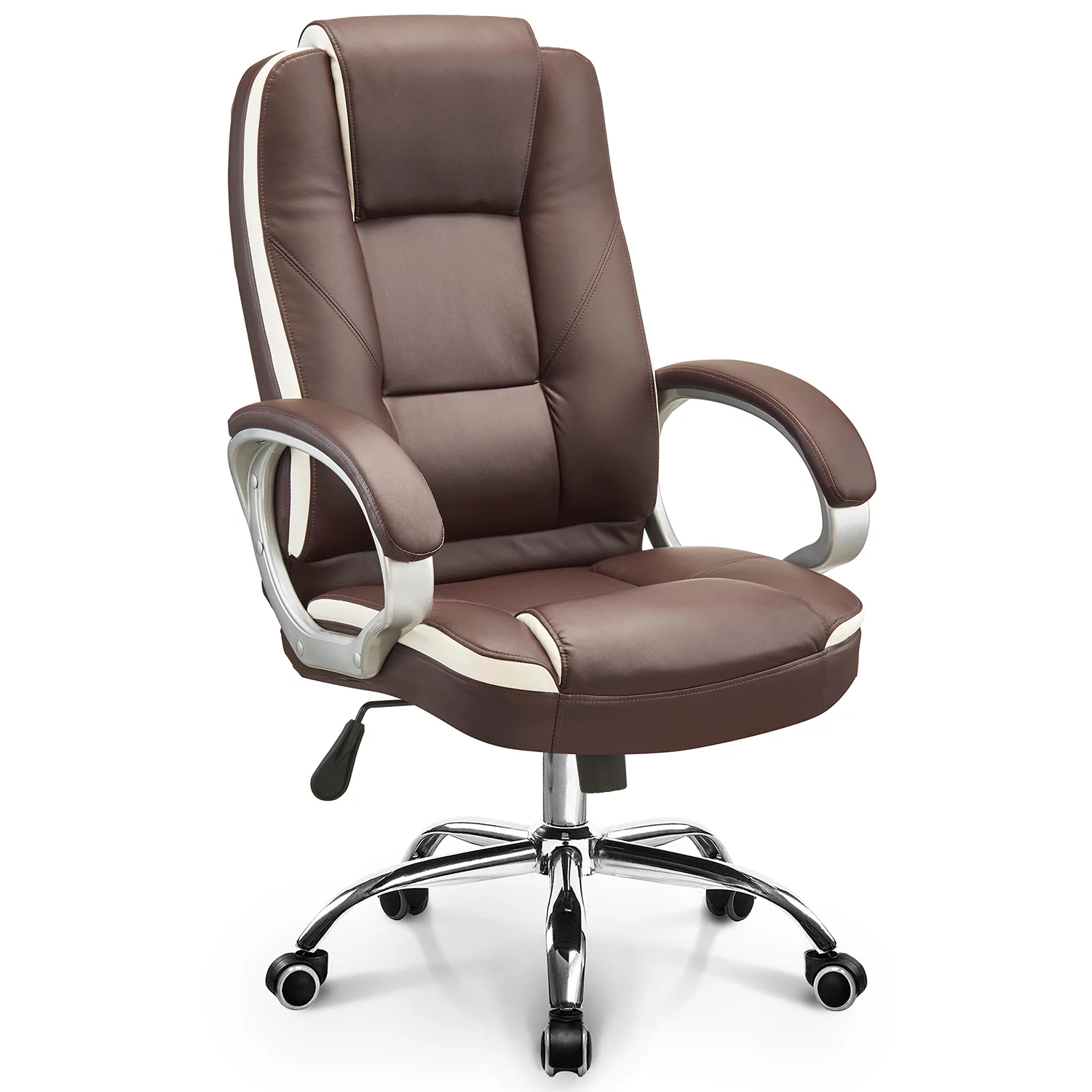
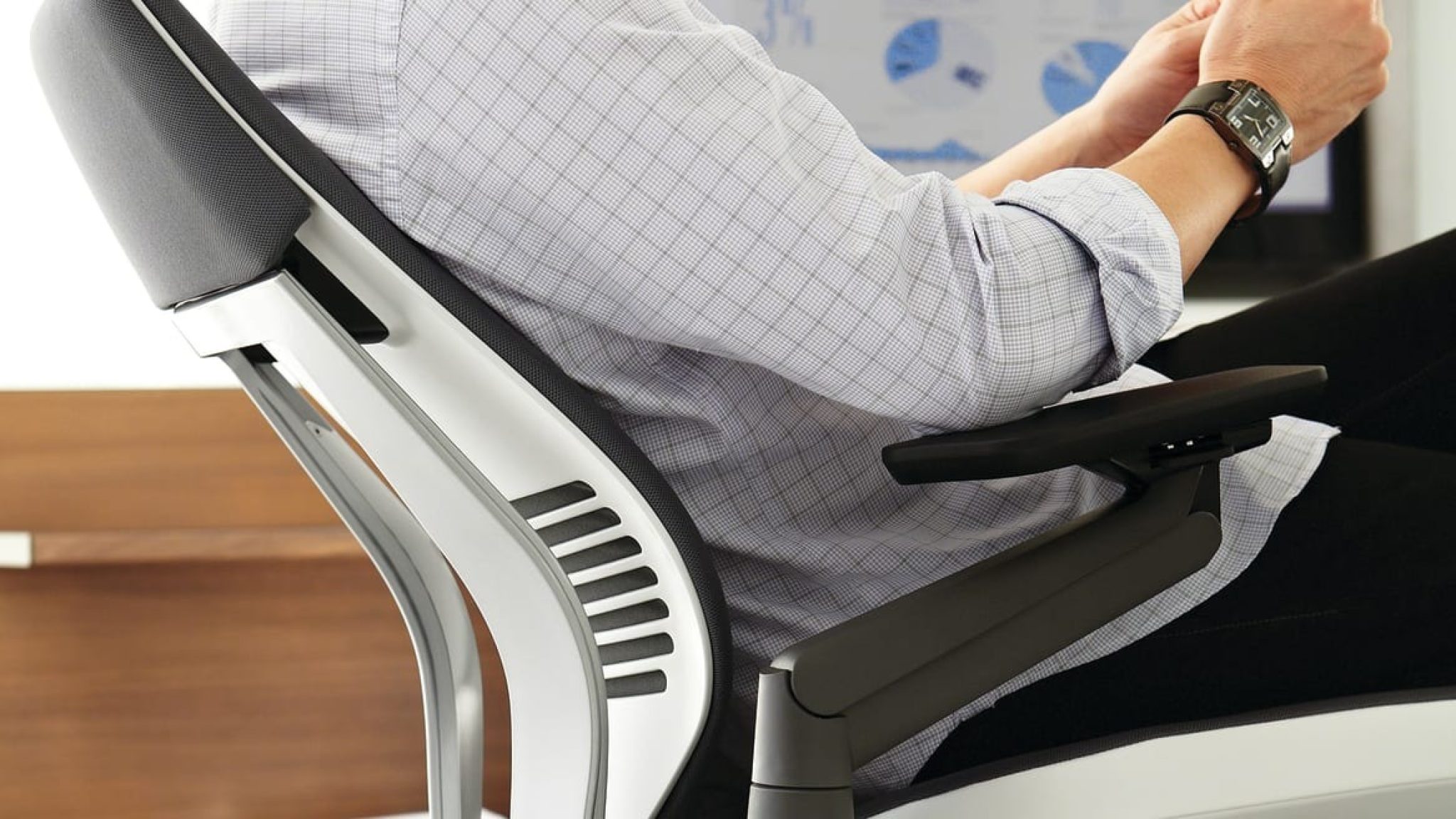
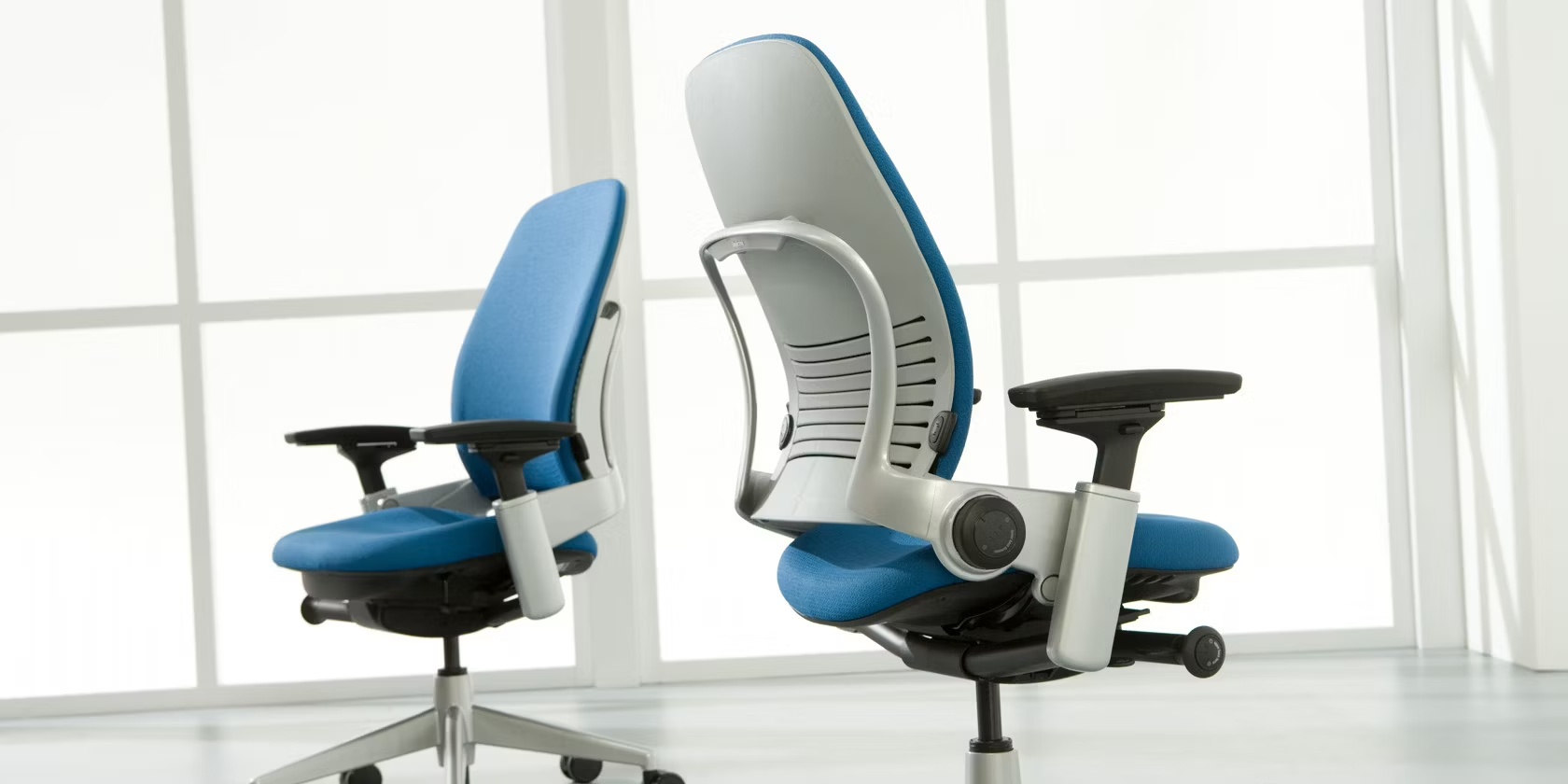
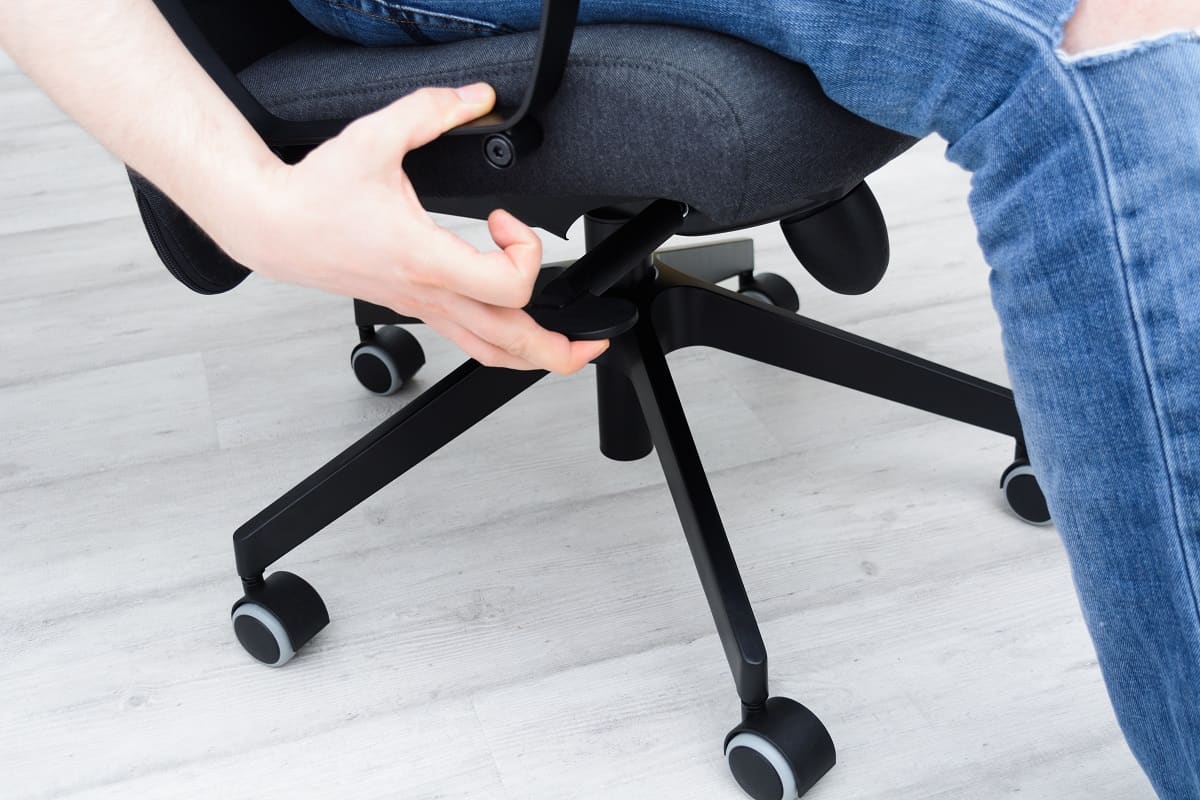
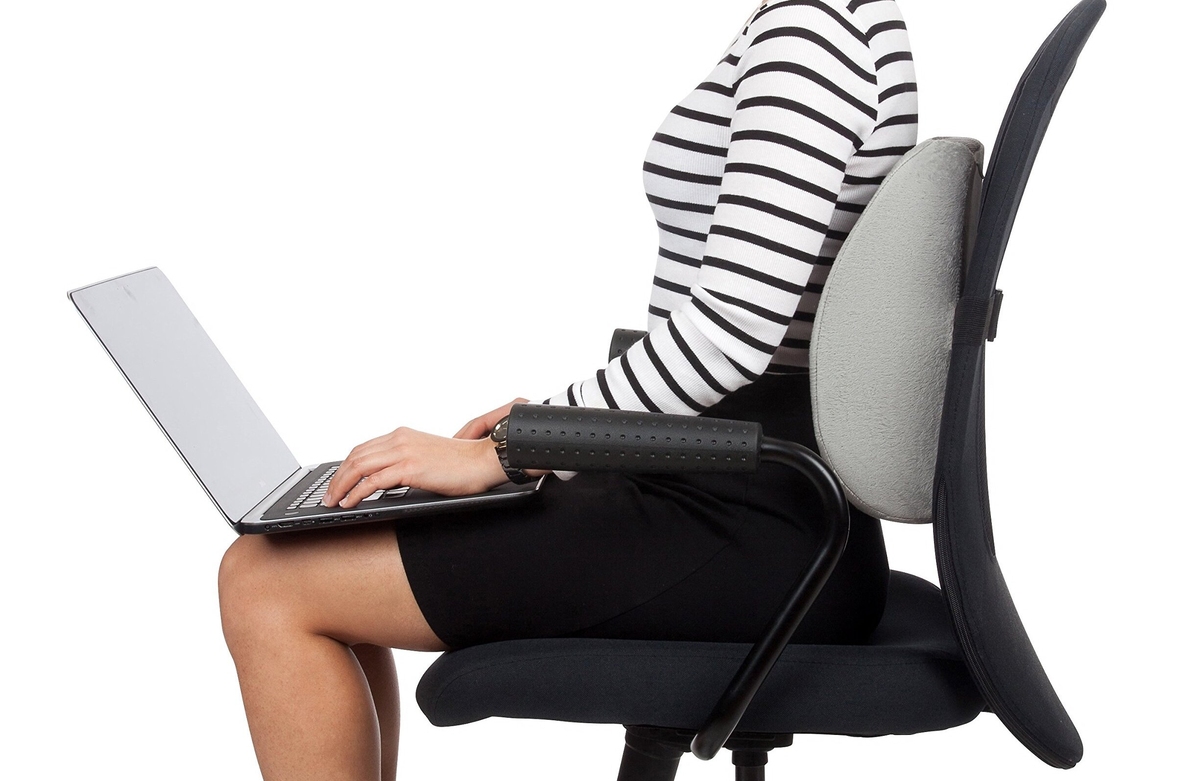
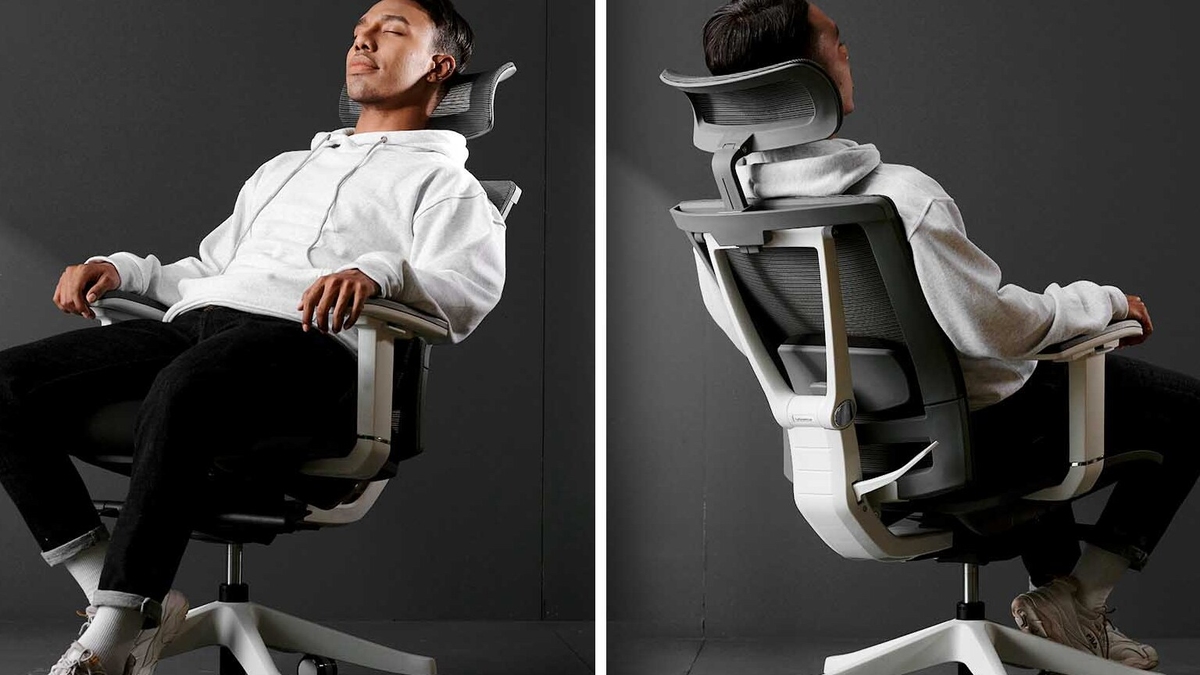
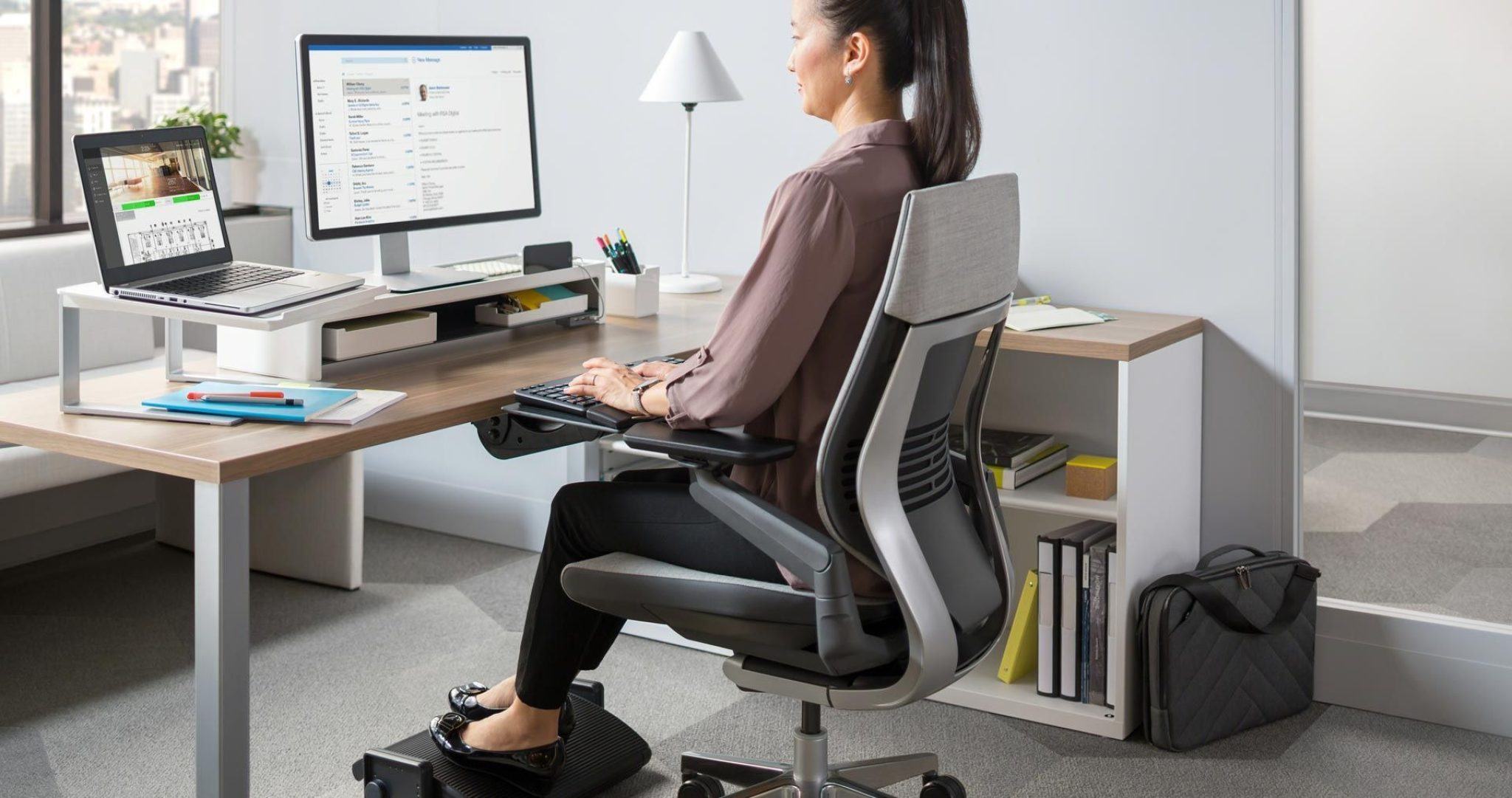
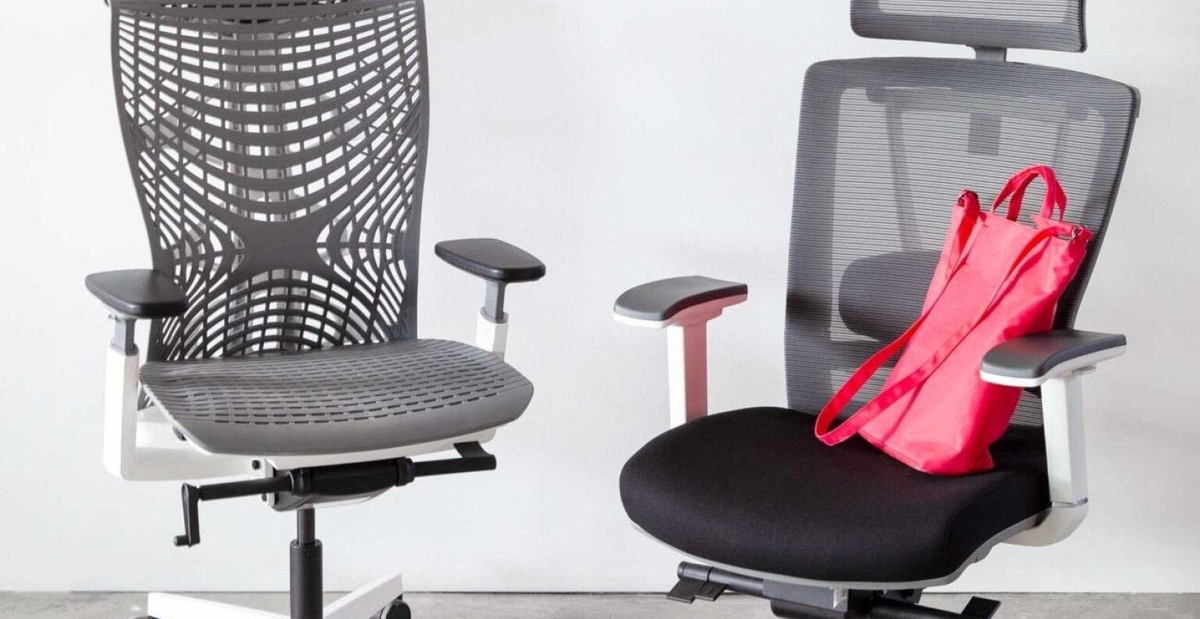
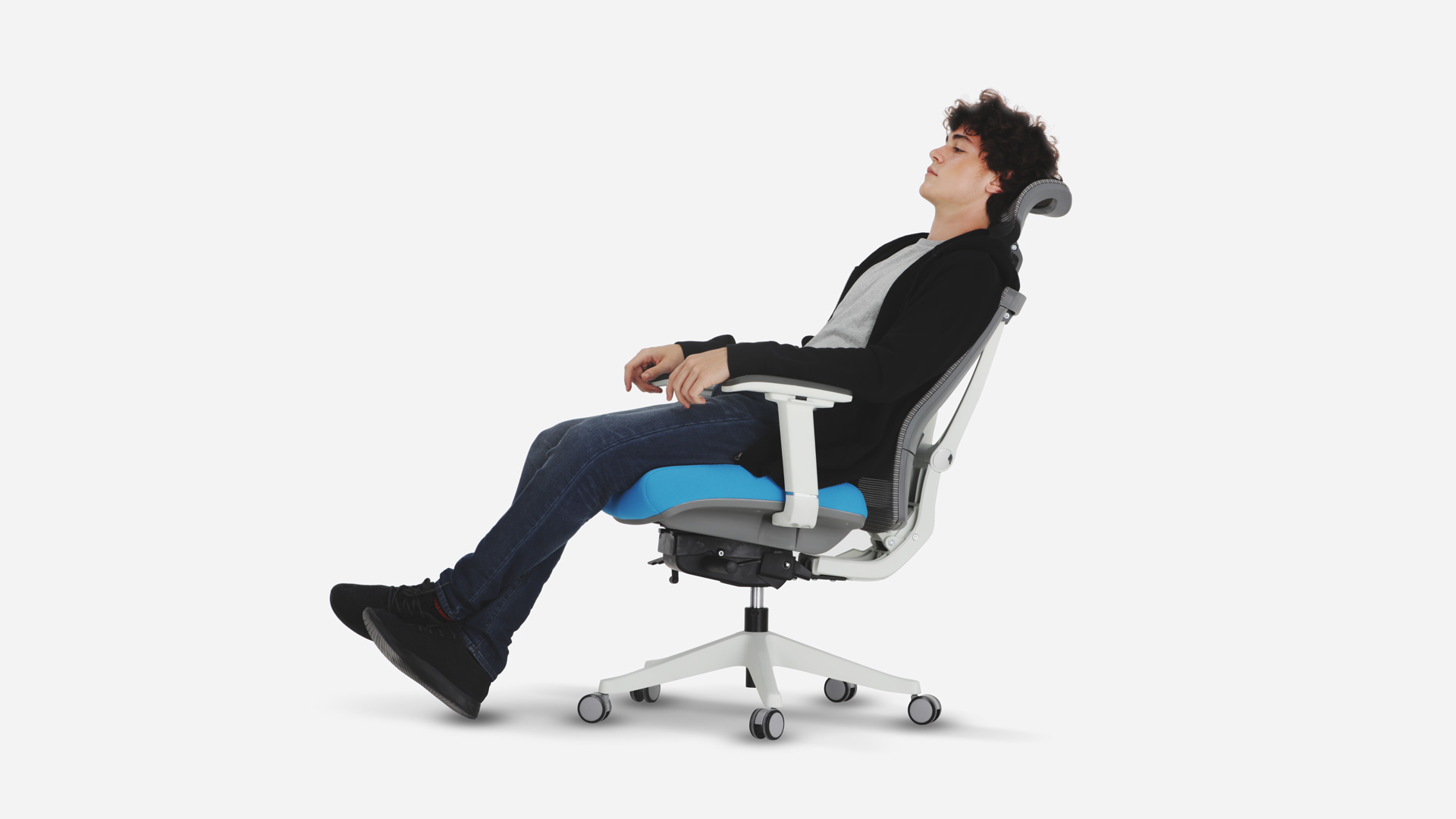

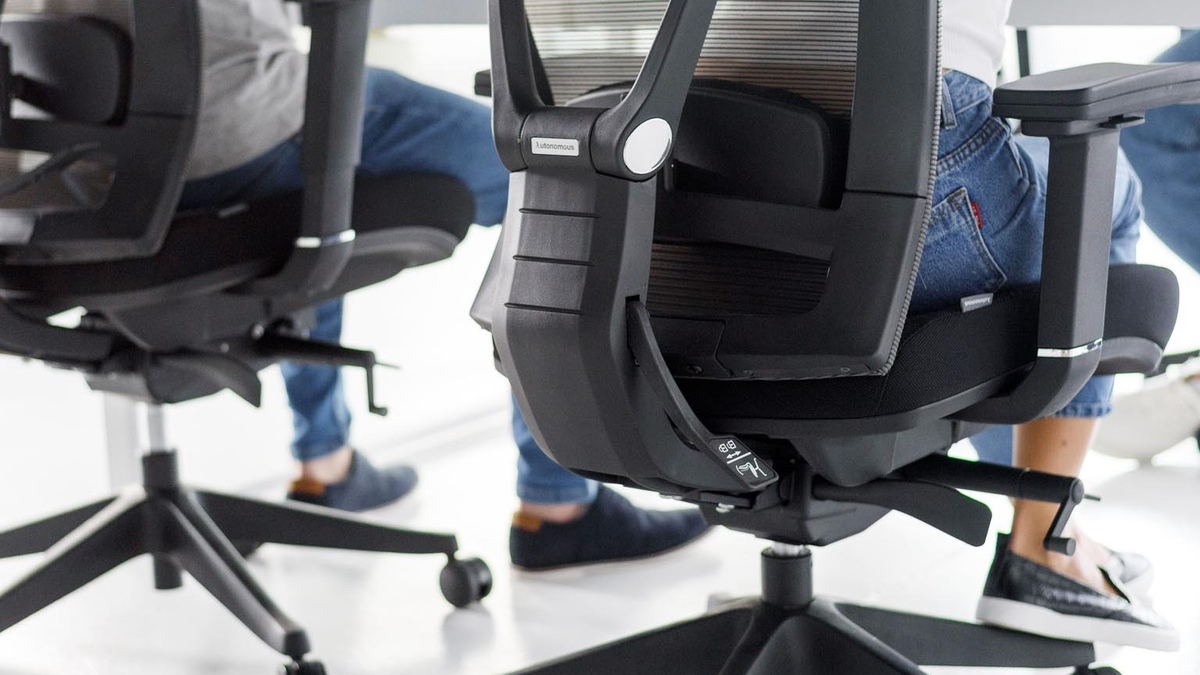
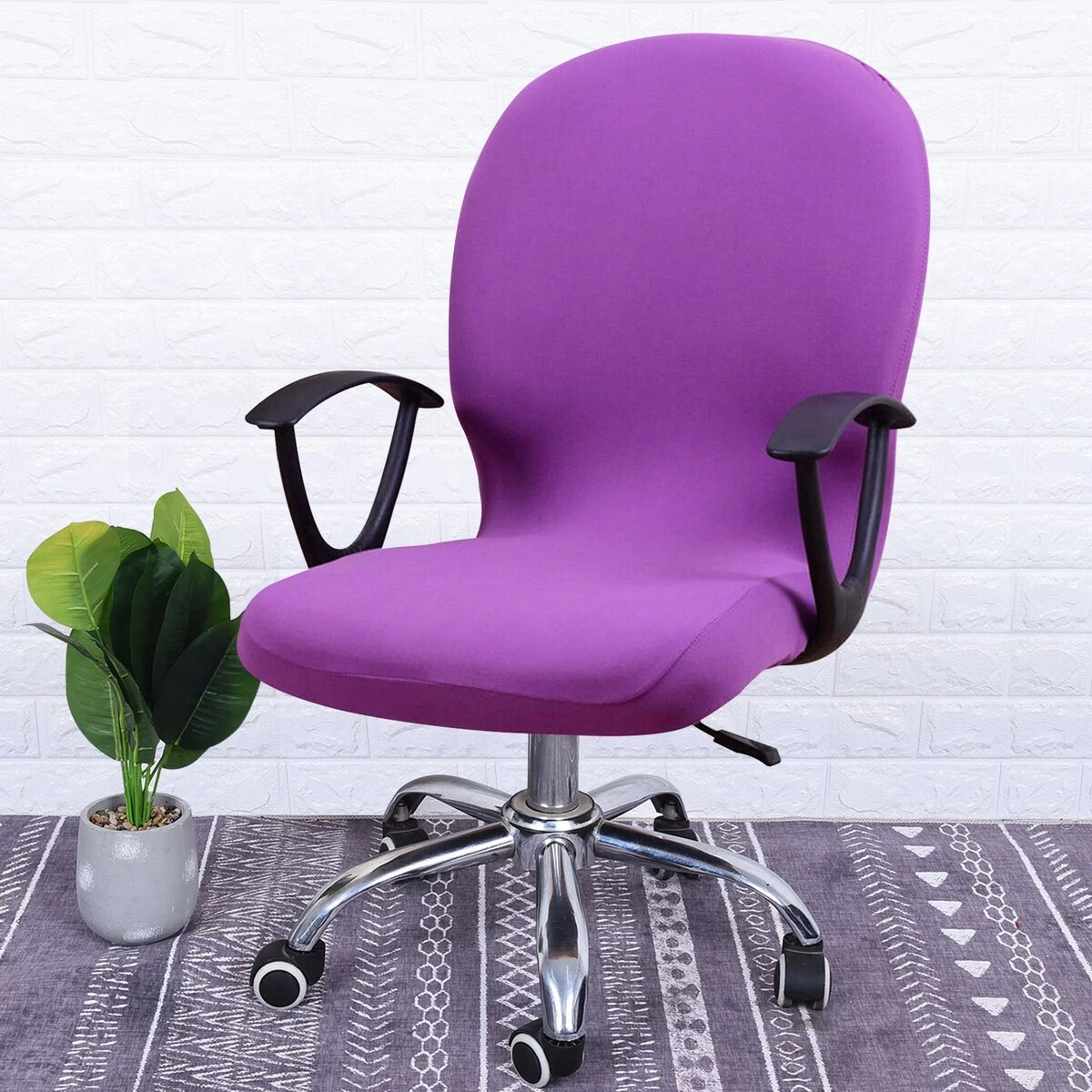


0 thoughts on “How To Adjust An Office Chair Back”